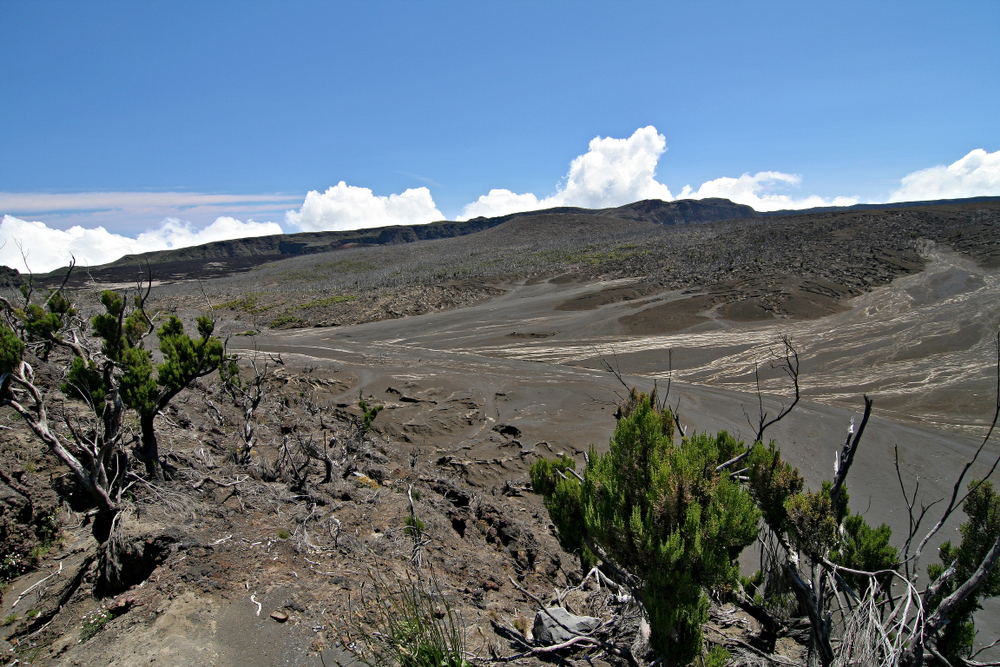Shisiwani Overview
Shisiwani National Park, known locally as “Parc National Shisiwani,” is a protected area located along the Sima Peninsula on the eastern coast of Anjouan (Ndzuani), one of the islands in the Union of the Comoros. Established in 2016, the park encompasses approximately 64.97 square kilometers (25.1 square miles) of marine, coastal, and terrestrial ecosystems. This initiative was part of a national effort to protect 25% of the country’s territory by 2021.
The park’s landscape features a combination of coastal areas, mangrove forests, and coral reefs. Notably, it includes Île de la Selle, an offshore islet characterized by its unique saddle shape, and significant coral reef systems that support a diverse array of marine life. While the park does not contain mountains or waterfalls, its coastal and marine environments offer scenic beauty and opportunities for exploration.
Shisiwani National Park is renowned for its rich biodiversity. The mangrove forests serve as vital nurseries for various fish species and provide habitat for numerous bird species. The coral reefs are home to a variety of marine life, including fish, crustaceans, and mollusks. The park also supports populations of lemurs and giant tortoises, contributing to its ecological significance.
Conservation efforts within Shisiwani National Park focus on preserving its unique ecosystems and endemic species. The park’s establishment aimed to mitigate threats from overfishing, habitat degradation, and unregulated coastal development. Collaborative initiatives between governmental bodies, local communities, and international organizations emphasize sustainable resource management, environmental education, and ecotourism development to support conservation goals and local livelihoods.
Visitors to Shisiwani National Park can engage in activities such as snorkeling and diving to explore the vibrant coral reefs and observe marine life. The park’s coastal areas offer opportunities for birdwatching, with chances to spot various bird species in their natural habitats. Engaging with local communities provides cultural insights and enhances the visitor experience. Accommodations range from basic guesthouses to more comfortable lodges, catering to diverse preferences. The optimal time to visit is during the dry season, from May to November, when weather conditions are favorable for outdoor activities.
In summary, Shisiwani National Park stands as a testament to the Comoros’ commitment to conserving its natural heritage. Its diverse ecosystems, endemic wildlife, and ongoing conservation initiatives make it a vital sanctuary for biodiversity and a compelling destination for nature enthusiasts seeking to experience the unspoiled beauty of the Indian Ocean.














































































